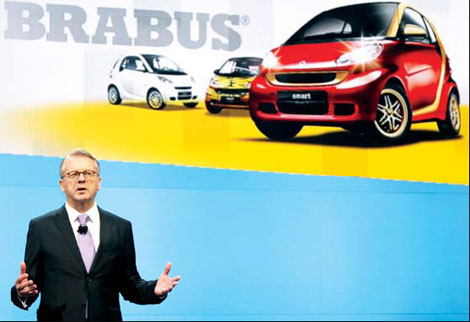Many people are buying Royal Mail stamps in bulk before the price of first-class postage rises by
30% on 30 April. The price increase is needed to maintain the current level of service (deliveries are made from Monday to Saturday). To save money, some European countries have slowed the delivery of mail and reduced the number of days that deliveries are made, but the UK has decided to maintain its current delivery levels for now.
Demand for postage is so high this month that Royal Mail has put a limit on the number of stamps each shop can buy before the price increase goes into effect,
saying:
'We are more than happy for retailers to receive the normal commercial return they obtain on stamps and no more than that'.
'These limits are in place for all retailers so we can balance customer demand with the need to protect Royal Mail’s revenues'.
Once shops reach their
order limit, Royal Mail will not restock them until after the price increase. Some charge that Royal Mail is profiteering or engaging in restriction of trade, and consumers and businesses are generally unhappy about the steep increase (not surprising--the
2005 price increase, which was much smaller, wasn't greeted with positive reaction either).
However, with the rise of digital communication, Royal Mail and other postal services have seen their volumes drop year after year. Royal Mail points out that it is now delivering fewer pieces of mail to more addresses than ever before. It asked for price increases to attempt to reach a break-even point and maintain service.









